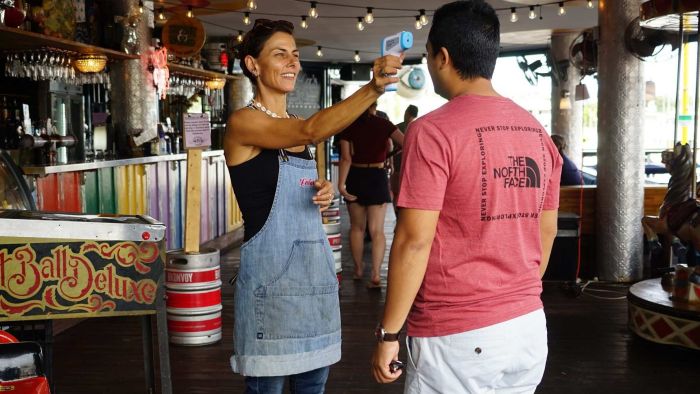The return to shopping and eating out has certainly come as welcome relief in those countries lucky enough to be opening up. The malls are open! You can book your favourite restaurant! Goodbye home cooking, hello table service!
After disinfecting your hands, following the arrows around the shop or to your table, taking care to avoid others where possible and, in some cases, providing your contact tracing details — how enjoyable was the experience, really?

And for the retail and hospitality industries, among the hardest hit during the COVID-19 pandemic, the return to trading couldn’t come fast enough.
The return to normal trading, however, could still be a way off.
The new economic reality will have a profound impact on retail. Some of the routines developed during lockdown, such as cooking and baking at home or foregoing daily takeaway coffees, may continue post-pandemic if money is tight.
Room scent is out, the smell of disinfectant is in
As well as the public spacing, tracing and hygiene rules, customers may also notice an absence of certain favourite experiential elements. Is a trip to a make-up store as enjoyable when you can’t sample the products? Will homewares and pyjama stores still smell like a cosy bedroom or the disinfectant used to clean the store?
As consumers, our senses play a major role in how much we enjoy retail experiences. Retailers have long employed the art of store atmospherics to encourage us to stay and spend.
Atmospherics — such as scent, music, touch, temperature and crowding — all help create an engaging sensory experience for shoppers and patrons. Research suggests customers will stay longer, spend more, feel better, and be more satisfied in a retail environment they find pleasing to their senses.
The new COVID-19

